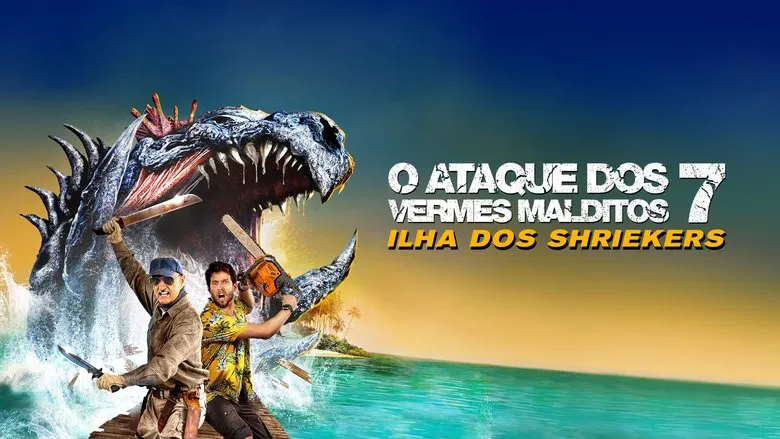Monster Island: A Vibrant Fusion of Latin American Magic and Family Adventure
Released on September 9th, the animated feature Monster Island emerges as a delightful family-friendly comedy-adventure, distinguishing itself profoundly through its deep roots in the Latin American tradition of magic realism. This film is more than just an animated tale; it’s a cultural tapestry woven with fantastical elements, humor, and a heartwarming core.
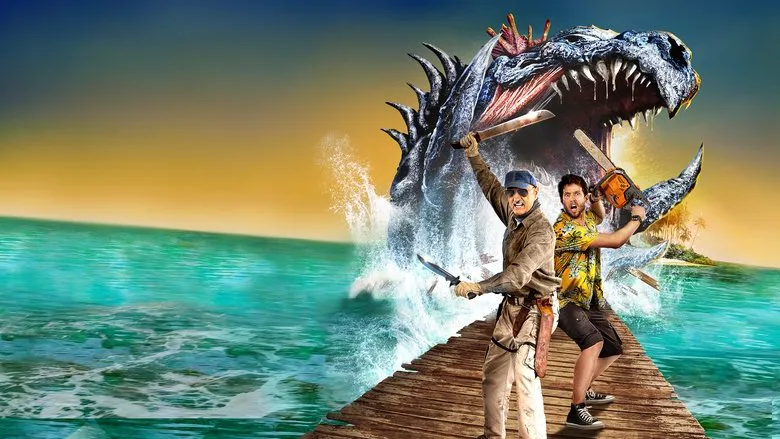
The Deep Roots of Magic Realism in Animation
Magic realism, a literary and cinematic movement that originated in Latin America during the mid-to-late 1950s, gained prominence as a unique artistic expression. Born from a complex interplay of the turbulent political landscapes of Latin American oligarchies, ancient indigenous myths, tribal lore, vibrant folklore, and even elements of witchcraft, this genre found incredibly fertile ground in the region. Seminal films such as The King and the Movie, Sur, and the critically acclaimed Pan’s Labyrinth stand as powerful examples of magic realism’s enduring influence, blurring the lines between the mundane and the miraculous.
Monster Island carries this profound cultural legacy on its animated shoulders, evident in every frame. The captivating legends of mysterious islands, the lush biodiversity of the tropical rainforests, and the imaginative monster designs—all are intrinsically inspired by local mythology. This profound connection to Latin American culture is precisely what sets Monster Island apart, offering a fresh and distinct flavor in a genre often dominated by other regional storytelling tropes.
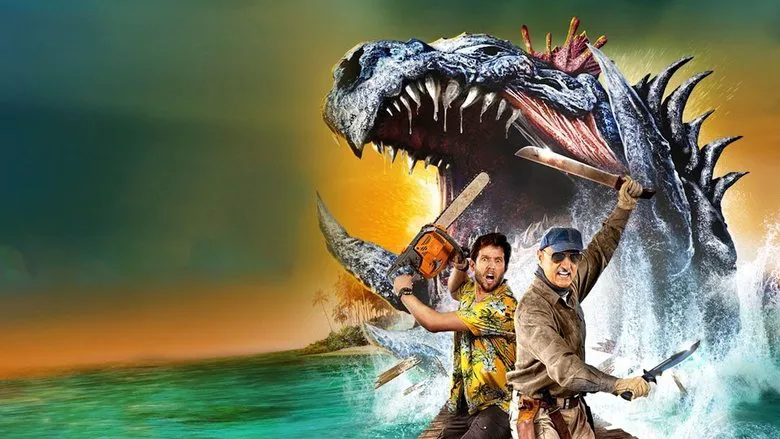
A Harmonious Blend: Hollywood Narrative Meets Latin American Authenticity
Beyond its singularly distinctive atmosphere, Monster Island masterfully combines a classic Hollywood narrative arc with top-tier animation production values. The protagonist, Lucas, embarks on a journey of self-discovery—a timeless and beloved theme in countless successful Hollywood animated films. This universal storytelling framework provides an accessible entry point for global audiences.
However, the film consistently reminds viewers of its unique heritage through meticulous details. The intricate textures on the monsters’ skin, the granular fidelity in the architectural designs, and the vibrant, often surprising, color palettes are constant visual cues signaling that this is a Latin American creation. This innovative fusion of rich regional characteristics with international production benchmarks delivers a viewing experience that feels both familiar and refreshingly new, long-awaited by discerning animation enthusiasts.
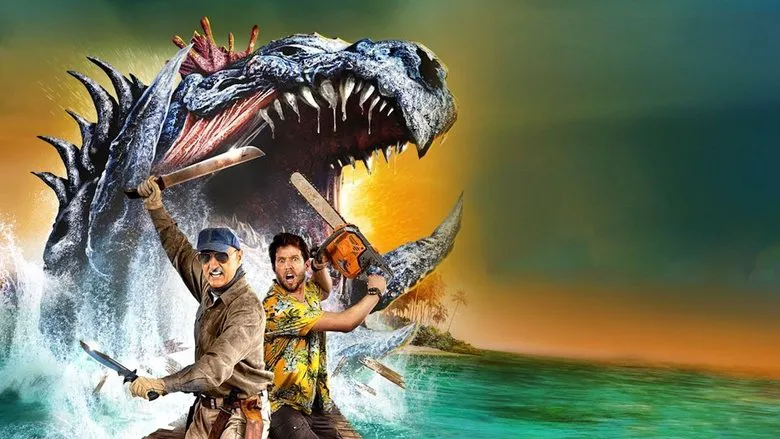
Visual Storytelling: The Profound Influence of Magic Realism
The influence of magic realism infiltrates every facet of Monster Island, shaping its imaginative world-building, distinctive art style, and even the grounded realism of its character designs. This is most strikingly evident in the film’s visual aesthetics and art direction, which immediately captivates the audience.
The human world, for instance, is depicted with buildings that appear intentionally tilted and chaotic, rendered in muted, earthy, and rustic colors. This unsettling visual serves to contrast sharply with the vibrant fantasy that awaits.
In stark contrast, the monster village nestled on “Calvera Island” presents an organized yet whimsical aesthetic. Its buildings are artfully staggered, and their walls burst with contrasting colors, creating a visually striking and energetically appealing environment.
This distinct visual separation between the human and monster realms masterfully blurs the conventional lines between reality and fantasy – a quintessential hallmark of magic realism. It evokes the narrative brilliance of Gabriel García Márquez’s One Hundred Years of Solitude, where the delicate interplay between truth and illusion continually enthralls and challenges the audience’s perceptions, making the impossible seem tangible.
Echoes of Ancient Lore: Inspired by Myth and Mystery
Latin America’s rich tapestry of tribal civilizations has left behind an extraordinary legacy of ancient legends, particularly those of lost islands and enigmatic sites. Iconic examples include the colossal statues of Chile’s Easter Island and the awe-inspiring Machu Picchu ruins nestled deep within the Peruvian rainforest, both enduring mysteries that continue to captivate the imagination.
These inexhaustible ancient legends serve as the very creative blueprint for Monster Island. “Calvera Island,” central to the film’s narrative, is a pristine example of this inspiration. It is portrayed as a remote, enigmatic island, with an eerie, Skull Island-esque silhouette and perpetually misty landscapes that inherently ignite a sense of wonder and adventure. While evoking the legendary home of King Kong, it maintains a profoundly distinct Latin American flavor, visible in the sacred temples within the monster village, the bustling, colorful townscapes, the mysterious, dense rainforests, and the ancient, crumbling castles that punctuate its terrain.
The design philosophy behind “Calvera Island” is deeply rooted in indigenous Indian mythology. These ancient myths often depicted a profound reverence for shamanistic witchcraft and an embrace of nature as divine. This inherent respect for all living things and the natural world is beautifully reflected in the residents of the monster village, who are portrayed as inherently friendly and eager to embrace and assist Lucas and his family, embodying a harmonious relationship with their environment.
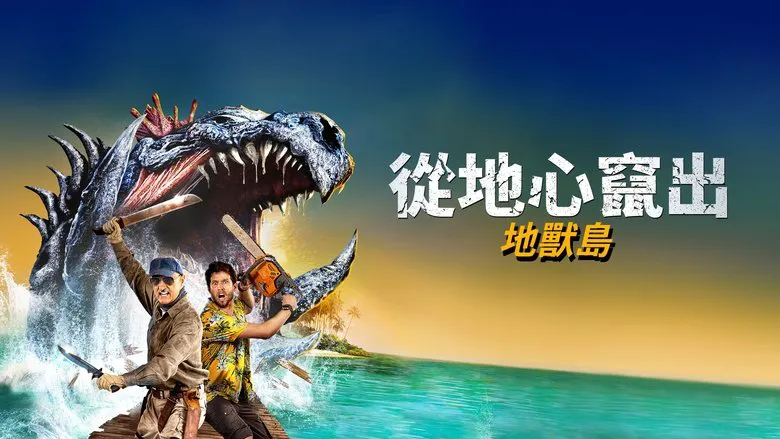
Architecture as Narrative: Fantasy Grounded in Reality
Unlike the often grand yet entirely fictional and abstract realms of many Hollywood magical animations, the monster world of Monster Island is surprisingly grounded in reality. The architectural style of the monster town, while undeniably imaginative, draws clear parallels from the real world. The grand gate at the entrance of the town, for instance, exhibits a remarkable resemblance in both shape and color to the iconic Machu Picchu ruins, lending an authentic, ancient feel to the fantasy setting.
Furthermore, the extensive use of vibrant, contrasting colors, such as purple walls paired with green door frames, is a commonly observed feature in Latin American architecture and streetscapes. This bold color scheme, combined with medieval-style stone pillars and statues, creates a highly saturated, “candy-like” world that is immediately memorable. This audacious palette and architectural design indelibly etch the town’s unique character into the minds of the audience.
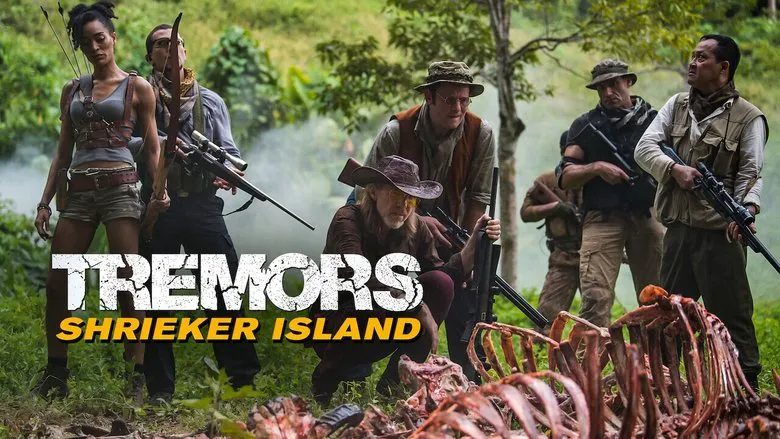
The human city, conversely, presents a strikingly different visual narrative. Its crowded streets and densely packed buildings evoke a palpable sense of suffocation and urban sprawl. This portrayal reflects the real-world landscapes of enormous Latin American cities like Mexico City, where opulent skyscrapers often stand in stark juxtaposition with sprawling, dilapidated slums. The dramatic contrasting landscapes, symptomatic of the rich-poor divide, find a fascinating echo in the film’s realistic architectural designs within the Monster Island settings. From the often gritty human world to the vivid realm of monsters, Monster Island pushes the spirit of magic realism to its visual limits, creating an immersive and thought-provoking experience.
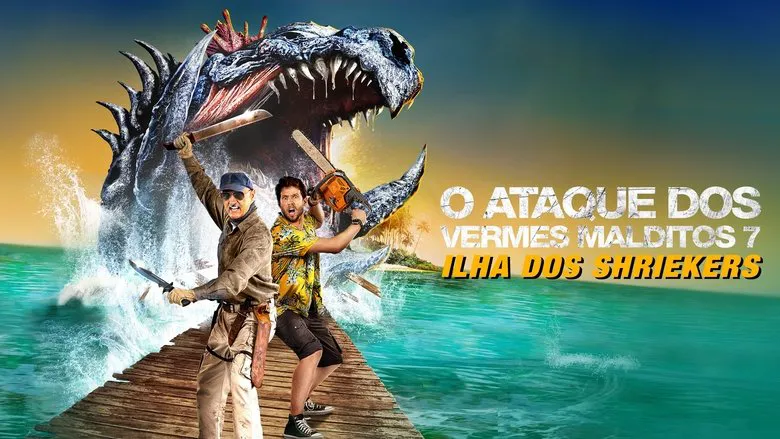
Monstrous Creations with Local Flavors
Beyond the localized architectural styles, natural landscapes, and specific color palettes, the monster figures themselves in Monster Island pay homage to classic monster designs while seamlessly integrating indigenous elements. The primary antagonist, RocKaa, for example, bears a shadowy resemblance to familiar creature archetypes like Frankenstein.
However, his costume design is a deliberate reference to the robes worn by ancient indigenous shamans, further enhanced by the designers’ infusion of surrealistic elements. His dark, gloomy undertones effectively underscore RocKaa’s descent into madness. Interestingly, his attire before his transformation reveals the typical clothing of ordinary people in Latin America during the colonial period, with a light yellow shirt subtly hinting at his more amiable nature before his fall. Such meticulous details throughout the film brilliantly showcase the masterful craftsmanship of its creators.
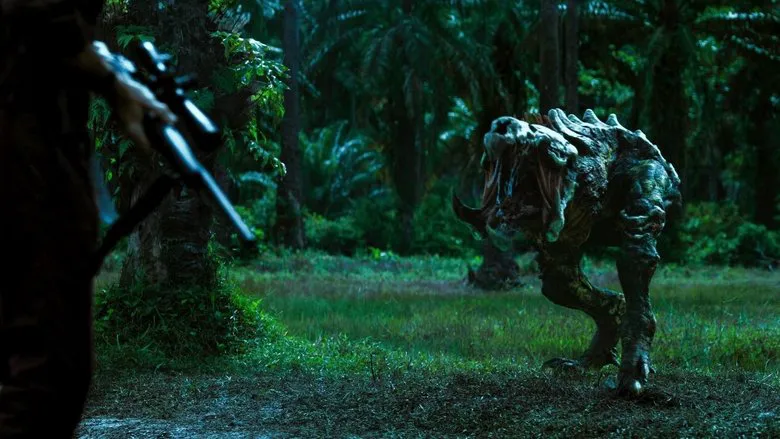
A Resounding Success: Blending Art and Heart
From its expansive world-building to the nuanced presentation of architecture, the vibrant use of color, and the intricate character designs, Monster Island fully embodies the distinctive regional style of Latin America and the core tenets of magic realism, permeating every single detail of the film. What truly sets this film apart is its commendable achievement in simultaneously highlighting regional cultural characteristics while upholding the high production standards expected of a modern Hollywood animated film. It organically and seamlessly combines Latin American artistic form with a universal Hollywood narrative.
Monster Island ultimately delivers a story that feels both distinctly unique and comfortingly familiar – a quintessential coming-of-age fable beautifully told. It chronicles the journey of a small, seemingly unremarkable boy who gradually transforms into a towering hero capable of defeating formidable villains. The narrative is utterly captivating, offering both the vivid curiosity and enchanting novelty of a magically infused animated feature, alongside the heartwarming moments and delightful humor characteristic of a top-tier family-friendly movie. The characters, with their often unique appearances contrasted by their inherently kind hearts, deeply resonate with audiences, ensuring Monster Island leaves a lasting, positive impression.
